He came, he saw, he conquered. That just about describes President Trump’s 12,000-mile round trip from Washington, D.C. to Israel and Egypt. He addressed Israel’s Knesset in Jerusalem, greeted the hostages and their families, hopped on Air Force One for a flight to Sharm el-Sheikh, signed the first phase of a Gaza peace deal, delivered a moving speech, met with the leaders of 27 countries to push the next phases of his 20-point peace plan forward and take a well-earned victory lap, and returned to Washington after what most people would consider a full day.
The guns are silent, relief supplies are being poured into Gaza, IDF troops have withdrawn to agreed areas and the 20 surviving hostages have been released, along with four of the 28 bodies of the dead, the others to be returned when they are found by Hamas. That spikes the most powerful weapon Hamas had. In return, Israel released some 2,000 Palestinians, some from Hamas, some serving life sentences for murder. Perhaps more importantly, President Trump’s personal promise that Israel would retreat to agreed areas has allowed Gazans to return to their homes.
A key ingredient in the deal was the culture of the New York real estate business. Jared Kushner, the President’s son-in-law and a man with deep relations in the Arab world; Steve Witkoff, who says his goal is to deliver what Trump wants; and the President himself all learned in delis, board rooms and bank C-suites: “get to yes.” Kushner described himself in a New York Times interview as a “deal guy,” and says deal-making is “a different sport” from diplomacy. You take what you can get from the key players, with whom you have formed close relationships, as Trump demonstrated when he acknowledged many personally, and worry about the details later.
Now come those details, the time to move on to a durable peace as laid out in the President’s plan. The prospect is not bright, and the televised image of 27 nations gathered to applaud Trump deceiving. Hamas did not attend. The attendance of Israel’s Prime Minister, Bibi Netanyahu, was vetoed by Recep Tayyip Erdoğan of Turkey, who threatened to absent himself if Netanyahu were present. Crucially, Iran announced support for “ending the genocidal war” in Gaza but will continue to back Hamas “if Israel continues its expansionist and racist plans.” The mullahs promise to re-arm their proxies throughout the region so they are equipped to continue their battle to destroy Israel. Never mind that Trump has warned that he has ordered 28 “beautiful” new B-2 bombers and that “we will be back” if Iran interferes with progress towards peace in Gaza.
The hope that a ceasefire will eventually reduce the bitter enmity between Gazans and Israel seems similarly unrealistic
Then there is the problem of the positions taken by Hamas and Netanyahu. Hossam Badran, a member of Hamas’s political bureau, announced, “The proposed weapons turnover is out of the question and not negotiable.”
Netanyahu has promised that if Hamas do not disarm there will be no further compromises. Rumors that Israel might offer amnesty to Hamas fighters if they do surrender their weapons – “decommission their weapons” in the language of Trump’s plan – seem to reflect unbridled optimism. The head of Mossad has made it clear: “Let every Arab mother know that if her son took part in the massacre he signed his own death warrant.” Israel obviously intends to treat these Hamas fighters as it did the terrorists who assassinated Israeli athletes at the 1972 Olympics in Munich, and hunt down and assassinate them no matter where they are and how long it takes.
The hope that a ceasefire will eventually reduce the bitter enmity between Gazans and Israel seems similarly unrealistic. The thousands of Gazans trekking across Gaza to their former homes will find only debris, adding to their anger about the death of family members and friends. The Israeli euphoria will give way to anger as the tales of the horrors inflicted on the surviving hostages circulate, and some of the bodies of hostages remain unfound. Meanwhile, Hamas remains in charge of governing Gaza. The Israeli press estimates that 16,000-18,000 Hamas fighters have survived, and reports that they are now setting about killing internal opponents. The peace plan calls for an international peace-keeping force to replace Hamas, but as General Keane points out “most peace enforcement does not do well.”
Nor is it realistic to believe that the gleaming towers envisioned on the Gaza coast by Trump will ever emerge from the sands and debris of the Strip. The birth in Gaza of “some of the thriving modern miracle cities in the Middle East” requires concrete and steel. And Israel is not likely to abandon its barrier to the importation of materials that permitted Hamas to build its tunnels and manufacture arms.
Then there is the small matter of the $50 billion the UN estimates would be required to rebuild Gaza, which Trump sees as well within the ability of rich Arab nations to provide. Those nations have not yet unzipped their wallets. Saudi Arabia and the United Arab Emirates cannot agree on the governing structure that must be in place before the billions in cash flows. The Saudis would rely on the Palestinian Authority, the Emirates won’t until the PA is reformed, and Netanyahu says he will never agree to turning over the governance of Gaza to the PA. Whether the Kushner-Witkoff “get to yes” team can unleash the needed flow of funds cannot be counted a certainty.
Even if the funds become available, the reconstruction of Gaza will tax the skills of the world’s builders and the patience of the Gazans. The UN estimates that the 50 million tons of debris created by the war will take 20 years to remove. Trump, reverting to his New York builder’s argot, told Egypt’s president Abdel Fattah el-Sisi – “I call him General’ – that Gaza needs ‘a lot of cleanup’, and says ‘rebuilding will be the easiest part.’” Easiest compared with negotiating a ceasefire, perhaps, but extremely difficult. The Strip is strewn with buried, live mines and ammunition; its infrastructure has been destroyed; thousands of its most talented professionals and entrepreneurs are reported by Palestinian sources to have fled, “draining the territory of the very minds needed for reconstruction and development …. [That] undermines its ability to build a resilient society capable of forging a path toward stability and prosperity,” writes Omar Shaban of the Brookings Institution.
And yet, and yet. The value of the existing “yes” should not be ignored. Any party that breaks the current ceasefire or walks away from future negotiations will face the combined displeasure of the powerful group of world leaders who attended the signing ceremony in Sharm el-Sheikh including, crucially, the Presidents of America, Egypt, Turkey; the Emir of Qatar; the foreign minister of Saudi Arabia; the King of Jordan; the rulers of the Emirates, and the president of Indonesia, an important Muslim country that does not recognize Israel.
The leaders of the wealthy Arab nations looked at the seas and created spectacular, prosperous cities. They just might find it in their interests to look at the debris of Gaza and imagine a skyline to match theirs and Tel Aviv’s. For now, we have a ceasefire. The one negotiated in Korea has held for over 70 years. As Jews chant during Passover services, at the mention of each blessing from God, “Dayenu”: that would be enough.



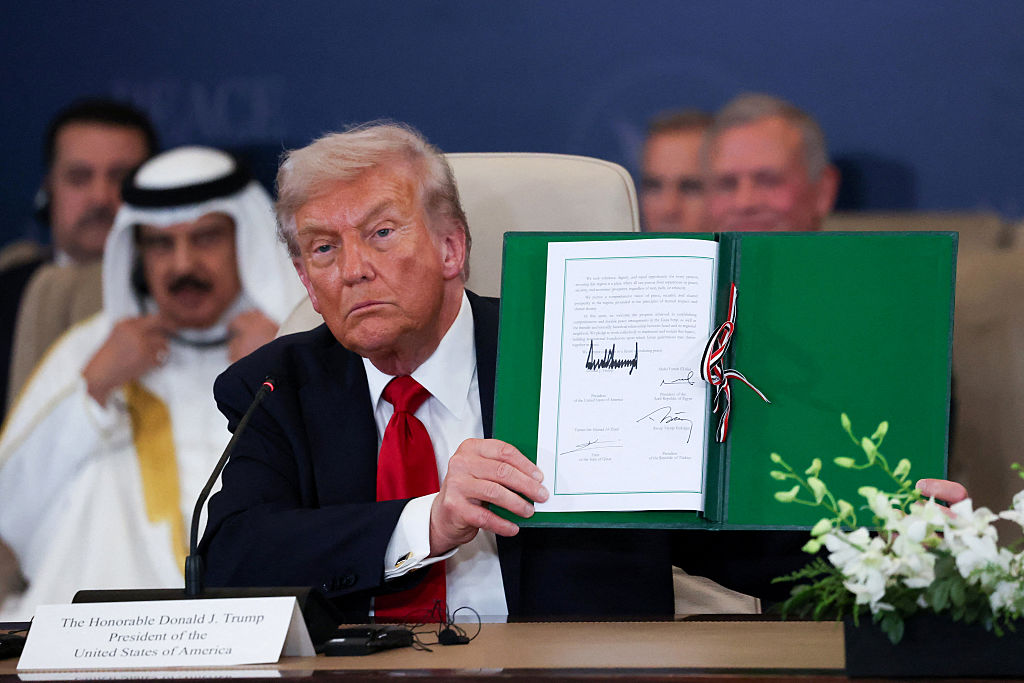






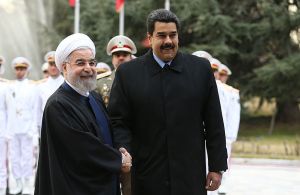
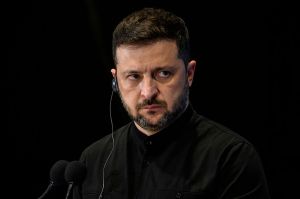
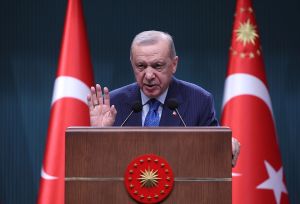
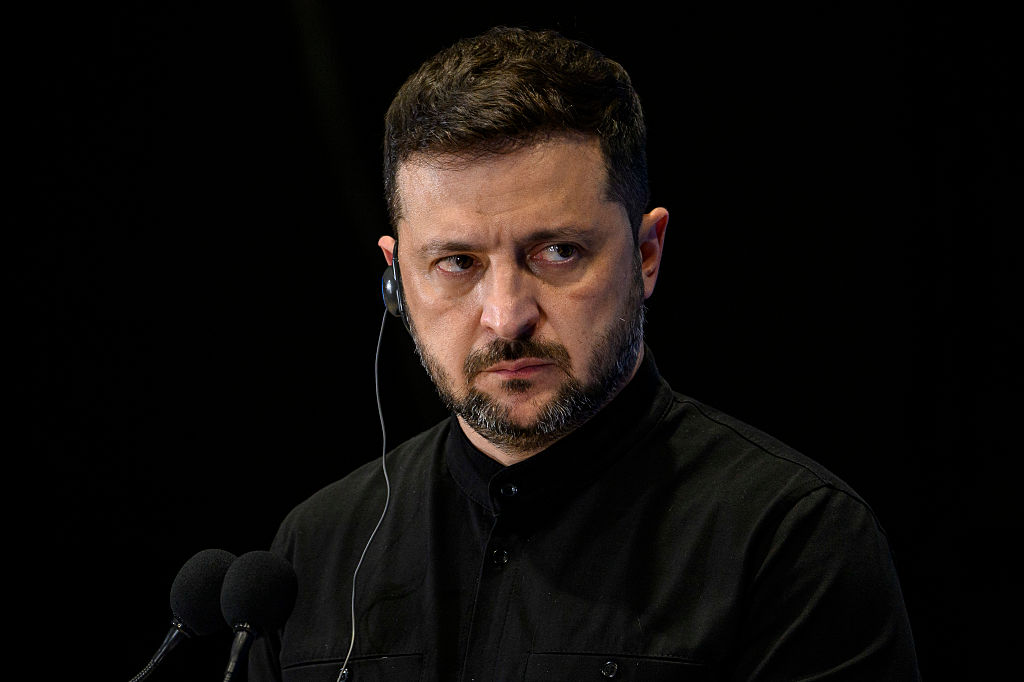
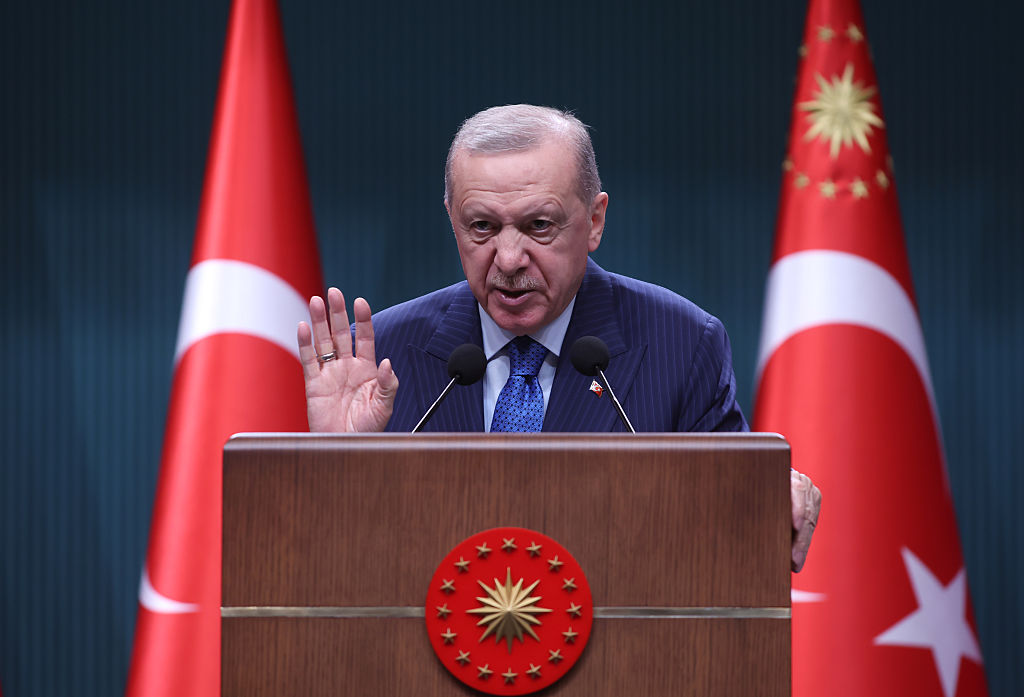
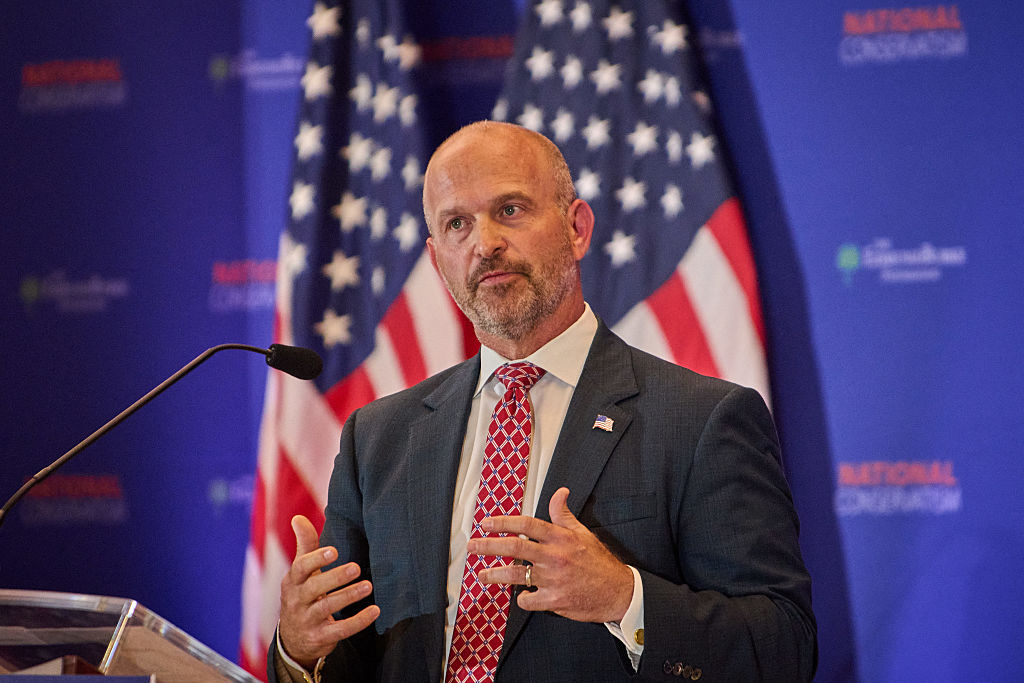
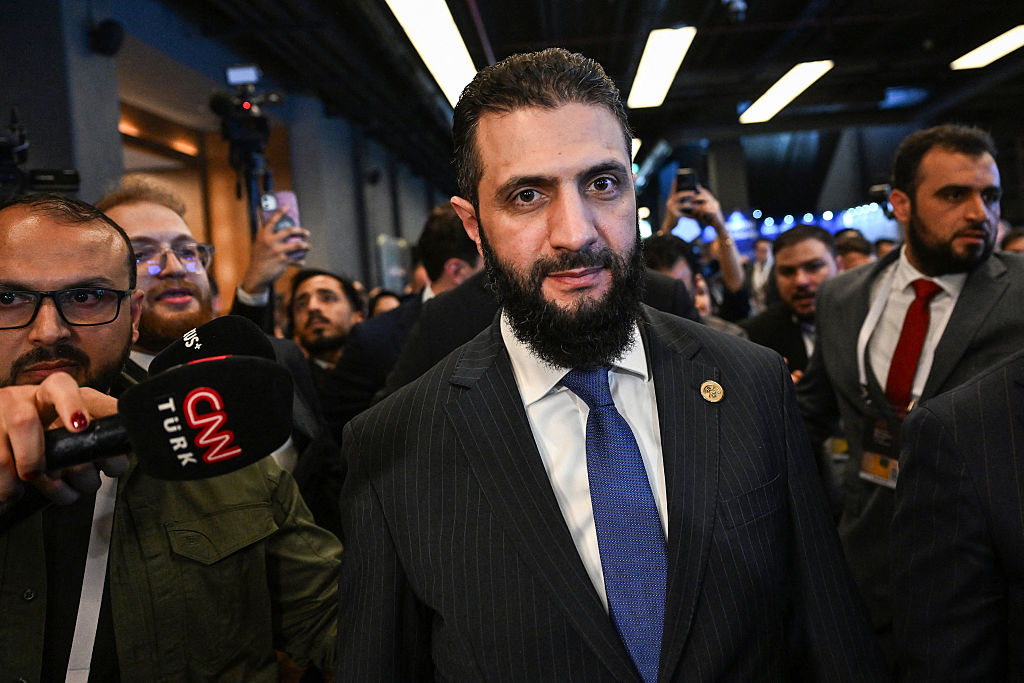

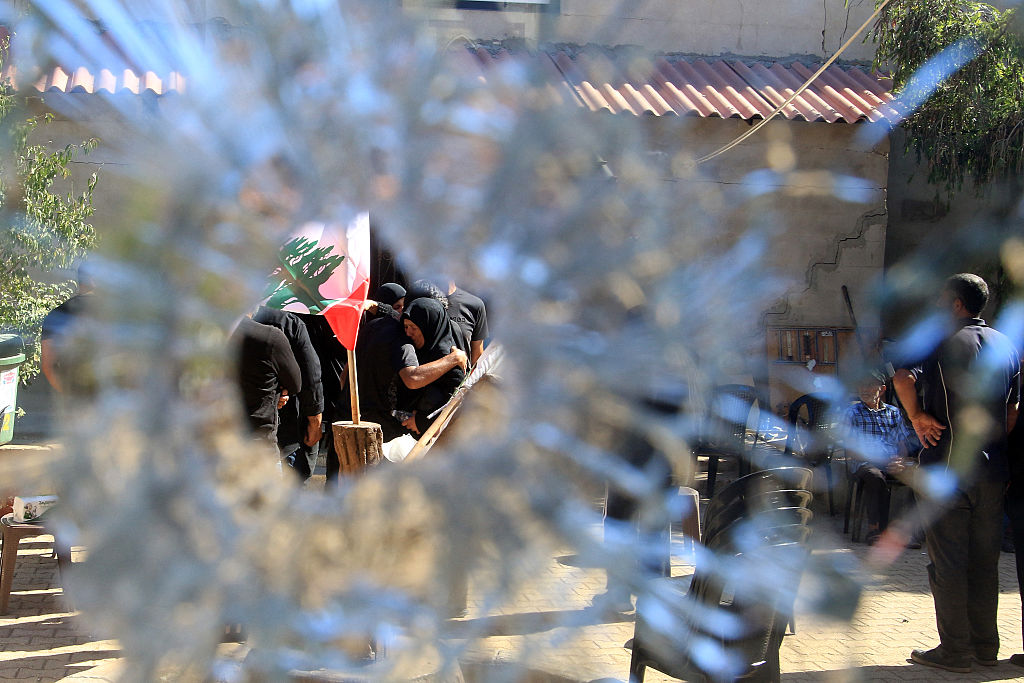

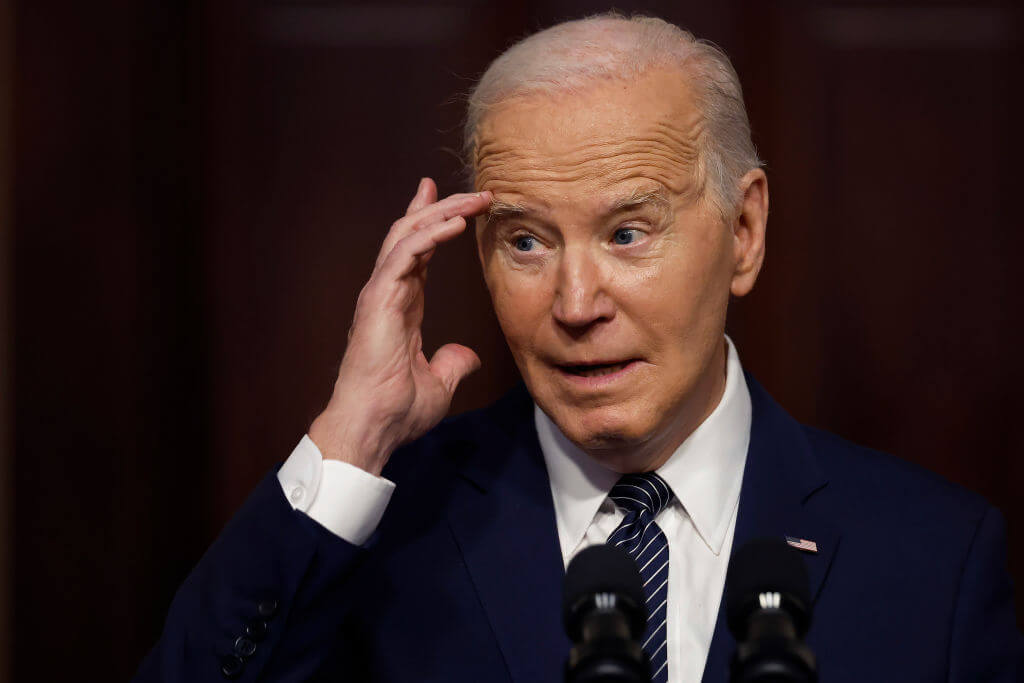



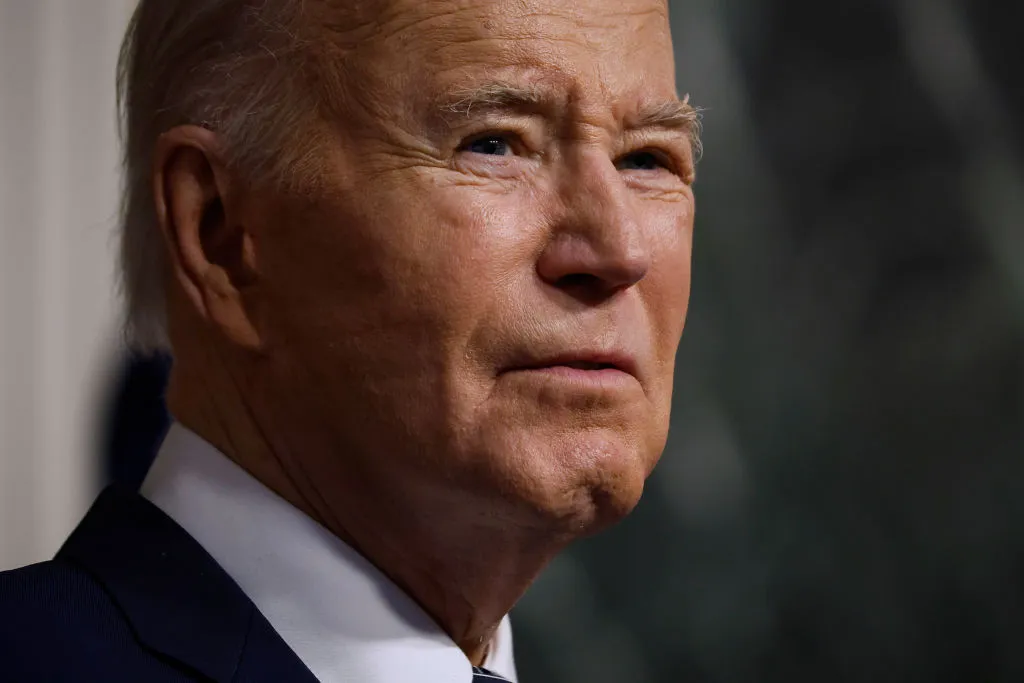

Leave a Reply